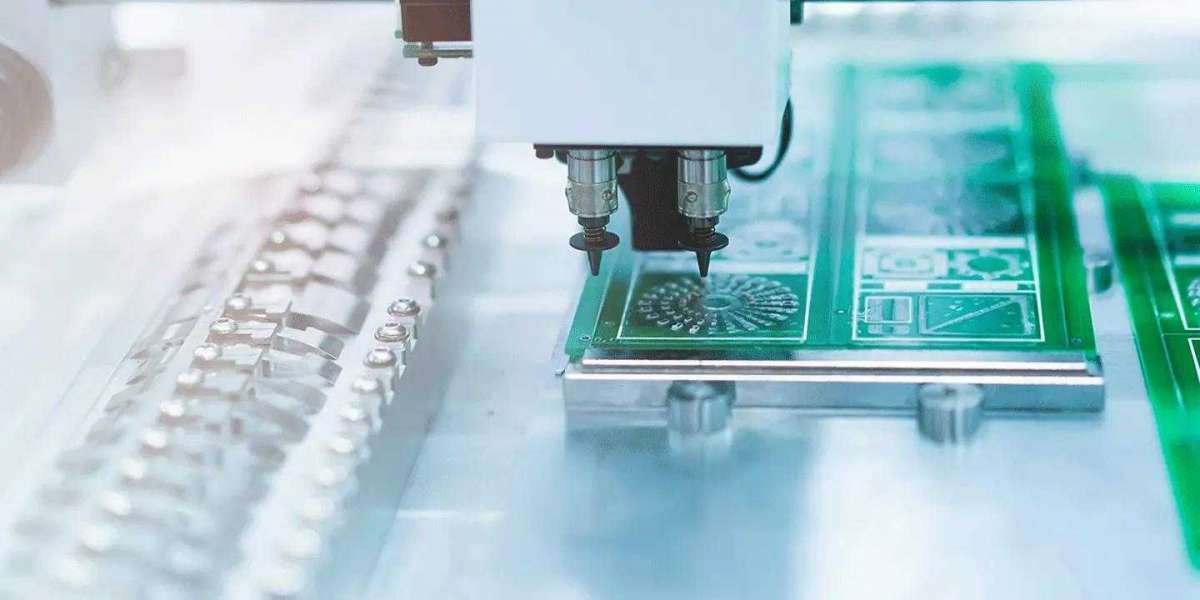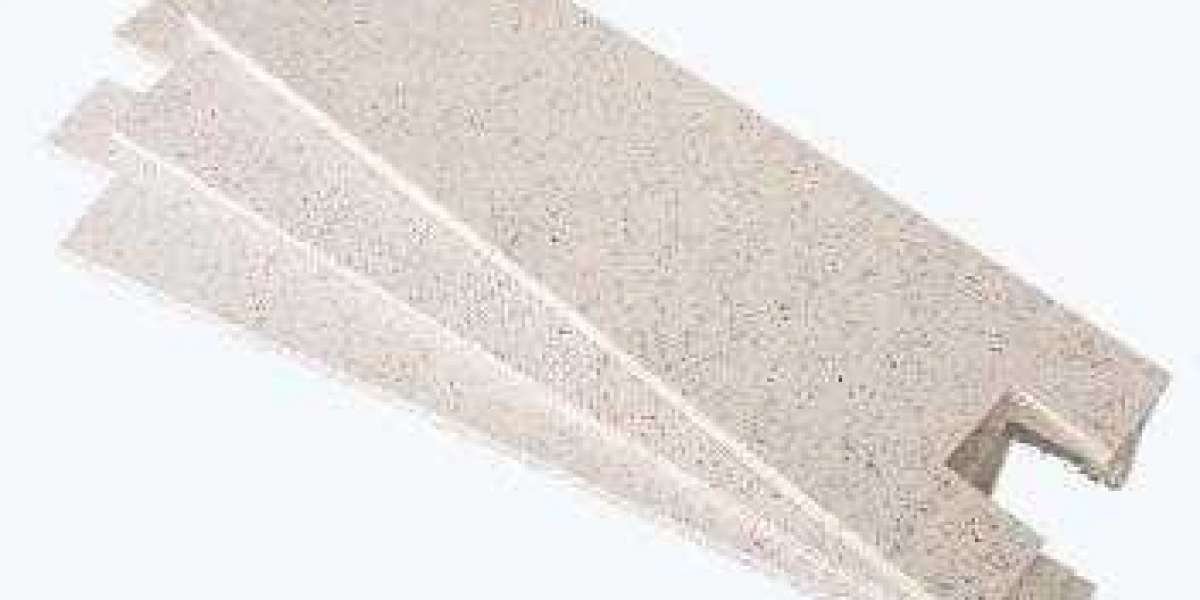Before designing a multi-layer PCB circuit board, the designers of FS Technology must first determine the circuit board structure used, that is, decide to use a 4-layer, 6-layer or more circuit board, and then according to the size and electromagnetic compatibility of the circuit board. (EMC) requirements to determine the size of the circuit board.
After determining the number of layers, determine where to place the internal electrical layers and how to distribute the different signals on these layers. This is the choice of the multilayer PCB stack-up structure.
Laminated structure is not only an important factor affecting the EMC performance of PCB boards, but also an important means to suppress electromagnetic interference.
This section will introduce the related content of the multi-layer PCB board stack-up structure of FS Technology.
After each PCB engineer counts the number of layers, each PCB engineer cannot avoid the relative arrangement between them;
1. More factors need to be considered to determine the laminate structure of the multi-layer PCB board.
In terms of wiring, the more layers, the better for wiring, but the cost and difficulty of manufacturing the board will also increase.
For FS Technology PCB manufacturers, the symmetry of the laminated structure is the focus of attention in the PCB manufacturing process, so the selection of the number of layers needs to consider the needs of various aspects to achieve the best balance. For experienced designers, after completing the pre-layout of components, the analysis will focus on the wiring bottlenecks of FS Technology's PCBs. Combine other EDA tools to analyze the wiring density of the circuit board; then integrate the signal lines with special wiring requirements, such as differential lines, the number and type of sensitive signal lines, to determine the number of signal layers; then determine the internal electrical layers according to the type of power supply quantity. isolation and anti-interference requirements. In this way, the board count of the entire circuit board is basically determined.
2. The ground below the component surface (the second layer) provides the equipment shielding layer and reference plane for the top layer wiring;
The sensitive signal layer should be adjacent to the inner power layer (internal power layer/ground layer), and the large copper film of the inner power layer is used to shield the signal layer. The high-speed signal transmission layer in the circuit should be a signal intermediate layer, sandwiched between two internal power supply layers. In this way, the copper films of the two inner electrical layers can provide electromagnetic shielding for high-speed signal transmission, and FS Technology can effectively limit the radiation of high-speed signals between the two inner electrical layers at the same time, without causing external interference.

3. All signal layers as close as possible to the ground plane;
4. Try to avoid two signal layers directly adjacent to each other; crosstalk is easily introduced between adjacent signal layers, resulting in circuit failure.
Effectively avoid crosstalk by adding a ground plane between the two signal layers.
5. The main power supply should be as adjacent as possible;
5. The symmetry of the laminate structure.
6. For the layer layout of the motherboard, it is difficult to control the parallel long-distance wiring of the existing motherboard.
For the board-level operating frequency above 50MHZ (refer to the operating frequency below 50MHZ and relax it appropriately), FS Technology recommends the arrangement principles:
Component surface. The welding surface is a complete ground plane (shielding);
No adjacent parallel wiring layers;
All signal layers as close as possible to the ground plane;
Critical signals are adjacent to the formation and do not cross the segmented area.
Note: When setting the layers of a specific PCB, the above principles should be flexibly grasped. On the basis of understanding the above principles, according to the needs of the actual single board, such as: whether a key wiring layer, power supply, and ground plane division are required, etc. , to determine the arrangement of the layers, do not rigor or hold on to it.
7. Multiple grounded inner electrical layers can effectively reduce the grounding impedance. For example, the A signal layer and the B signal layer use separate ground planes, which can effectively reduce common mode interference.



